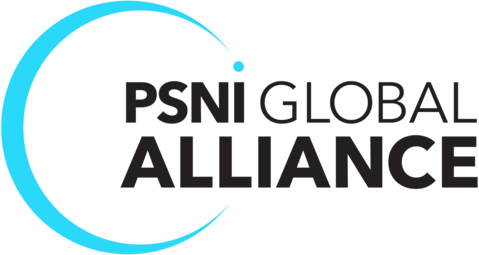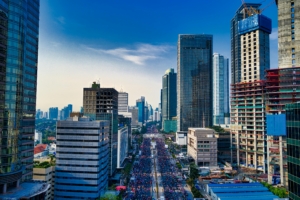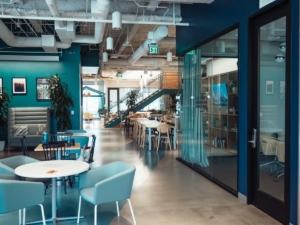Transportation and logistics will be one of the top three industries to lead the way in spending on the internet of things (IoT) by 2020, averaging $40 billion each, according to a Forbes IoT roundup. IoT has become essential to many industries, but transportation is one of the leading industries because of the many ways companies are taking advantage of the connectivity opportunities.
IoT applications help ease a variety of pain points in transportation and logistics. From uses like minimizing downtime to reducing costs, many organizations in the industry have embraced IoT. But what’s next?
Improved Operational Efficiency
Many drivers use apps which feature GPS-style turn-by-turn directions to automate routing, helping drivers get around or avoid traffic.
But what if instead of navigating around congested roads, there was a solution to reduce traffic congestion itself? One Australian city is investing $1 million in a pilot study that uses IoT technology to try to reduce traffic congestion. The technology aims to measure everything from wait time and queue length at intersections to how efficient traffic light sequences are.
Enhanced Data Management and Analytics
Governments spend a lot of their public transportation budgets on ensuring public safety and reducing inconvenience from issues like stalled buses or trains that suddenly slow down.
Decisions on when to perform maintenance are typically based on use and historical data. Unscheduled repairs and maintenance cost the industry millions of dollars, but the use of sensors on key vehicle parts is enabling crews to see issues and potential failures in real time. They are then able to perform predictive maintenance, resulting in significantly improved efficiency and availability.
Creation of New Products and Services
In addition to improving the processes for individual fleets and cities, IoT plays a role in reducing the negative impact the transportation and logistics industry leaves on the world. In fact, 95 percent of transportation companies already rely on IoT to help them minimize their carbon footprint.
Beyond leading the way in adopting technology that supports environmental sustainability, companies are working to advance technologies for smart and self-driving vehicles.
Though the concept of autonomous cars has been around nearly a hundred years—starting with the radio-controlled car, it’s only been within the last 10 years that companies like Google have concentrated on making driverless-cars a reality. Now companies like Tesla and other big names (including BMW, Ford, Mercedes Benz, General Motors, and Audi) are working on driverless car technologies.
IoT applications will also alter roles and services in the trucking industry. From sensing when drivers are sleepy to allowing remote drivers to take over or manage the truck completely, IoT is making transportation safer and more versatile, in addition to smarter and more efficient.









